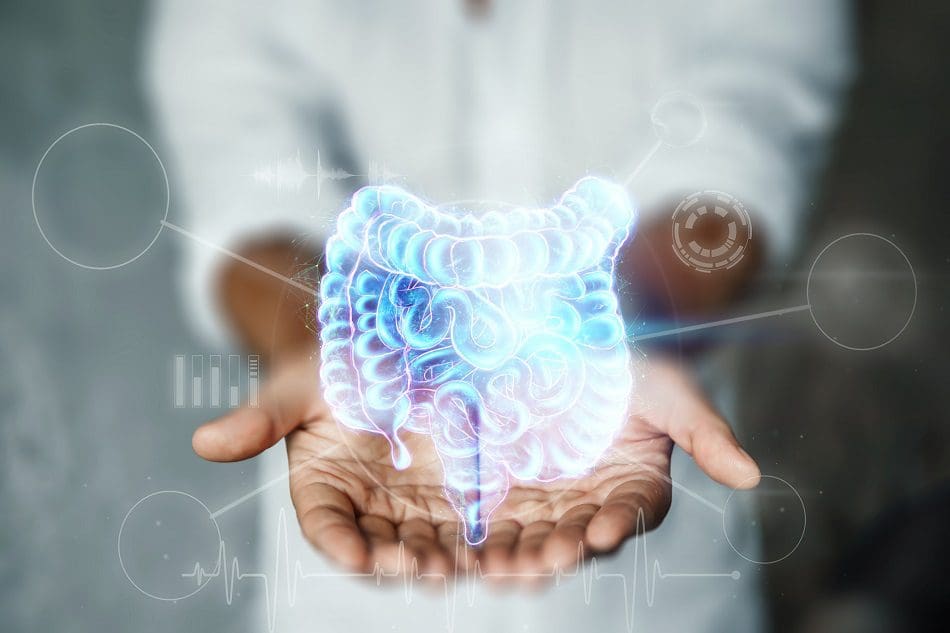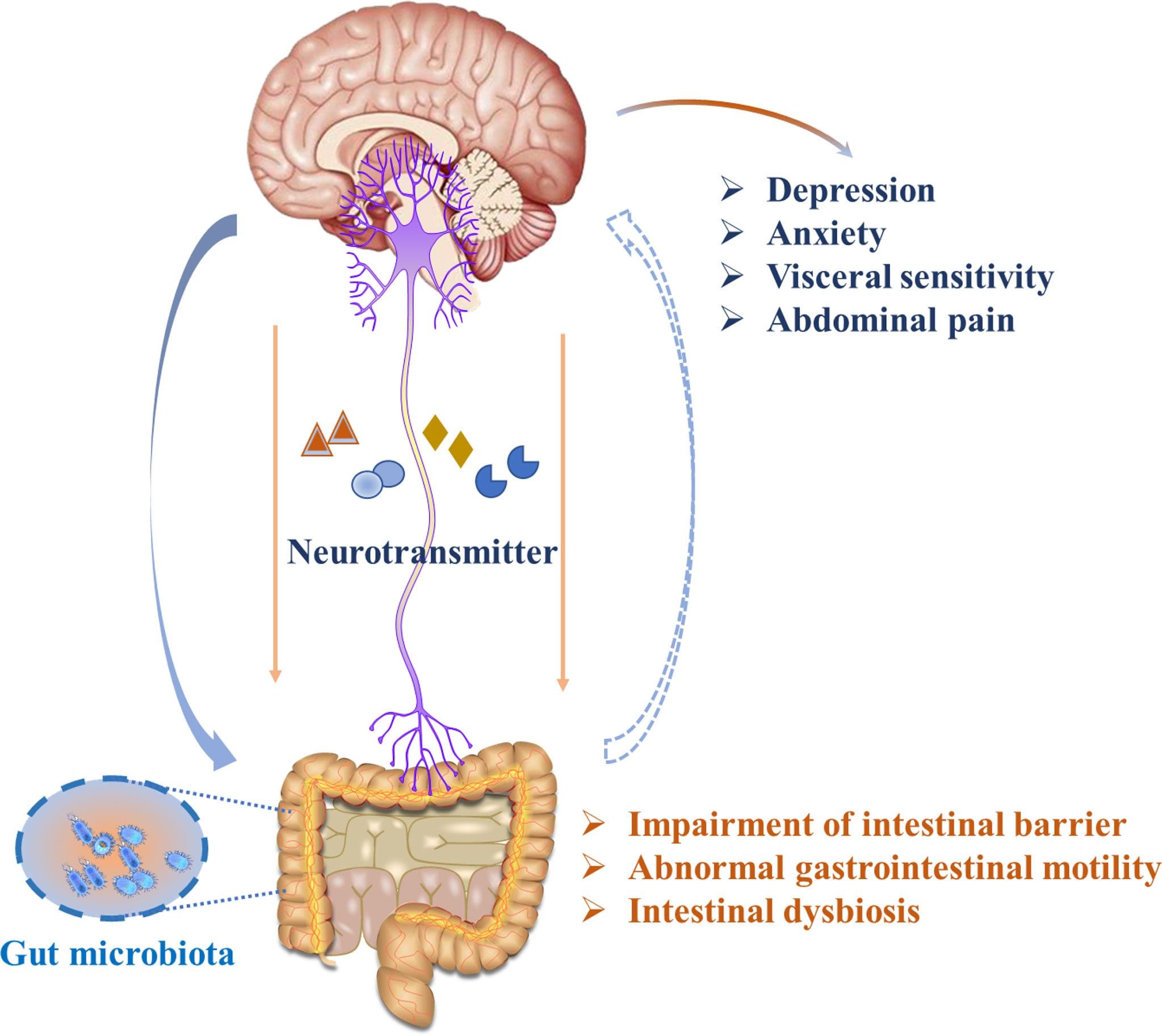
An Advanced Look At Visceral Pain & Gut Issues
Introduction
The body works by ensuring that the brain in the central nervous system and the gut in the gut system are metabolizing homeostasis and regulating the immune system for optimal functionality. With the gut-brain axis having a bi-directional partnership in relaying the information back and forth, the body can function normally without any disturbances that can harm the body. However, various factors can affect the brain, and the gut as disorders like inflammation, bacterial overgrowth, and food sensitivities can affect the intestinal walls. When gut disorders affect the body, the corresponding muscles and tissues also become affected through visceral pain. Today’s article looks at the gut microbiota’s role in the body, how visceral pain affects the gut microbiota, and how pelvic pain with abdominal bloating is associated with gut disorders. We refer patients to certified, skilled providers specializing in osteopathic and chiropractic treatments. We also guide our patients by referring to our associated medical providers based on their examination when it’s appropriate. We find that education is critical for asking insightful questions to our providers. Dr. Alex Jimenez DC provides this information as an educational service only. Disclaimer
Can my insurance cover it? Yes, it may. If you are uncertain, here is the link to all the insurance providers we cover. If you have any questions or concerns, please call Dr. Jimenez at 915-850-0900.
How The Gut Microbiome Helps The Body
Have you experienced inflammatory effects located in your gut? Have you felt muscle stiffness around the pelvic region of your body? Have you experienced bloating or other abdominal issues that are affecting your body? These could be signs that could be affecting your gut microbiota. Research studies have mentioned that the gut microbiota in the body plays a vital role in influencing beneficial bacteria in the intestines while supporting the body’s homeostasis and regulating metabolism. The gut system is sustainable from environmental factors that cause dysbiosis and numerous gut disorders affecting the host’s body structure. Additional research also mentioned that when various ecological factors do affect the gut system, it can alter the gut’s composition and threaten to impose on the gut’s integrity. When the gut system begins to be involved, the rest of the body starts to be dysfunctional. Corresponding muscles, tissues, and organs will experience pain and other disorders that can make people feel like something is off with their bodies. At the same time, their gut system is being affected.
Visceral Reflexes Overview- Video
Have you felt gut disorders affecting your joints or muscles? Have you been feeling dysfunctional in your urinary tract? Or what about cardiovascular issues that seem to cause problems in your arms or legs? Many of these symptoms are caused by visceral pain where the visceral reflexes are damaged and affect the corresponding muscles in the body. The video above explains how visceral reflexes work in the body and how they send information to the brain when changes affect the connected components in the body. Research shows that when gut issues impact visceral pain, it can affect the mechanics mediating visceral nociception. Whenever gut issues move the visceral reflexes, it can cause nerve termination to the spinal cord, and gastrointestinal factors like inflammation and oxidative stress will begin to rise in the body.
Visceral Pain & The Gut Microbiome
Whenever environmental factors affect the gut microbiota, it can cause the body to become dysfunctional and correspond with the affected muscles, tissues, joints, and organs suffering from gut disorders. Research studies have found that the gastrointestinal tract receives a dual innervation from the spinal neuron and the vagus nerve. When the gastrointestinal system becomes dysfunctional and starts promoting inflammatory markers that affect the viscerosomatic nerves, these nerves can become hypersensitive. Research studies have defined visceral pain as one of the most prevalent pains associated with gut disorders. When it comes to visceral pain and the gut impacting the body, many people experience the pain coming from their internal organs and hurting their quality of life. Additional research studies have noticed that hypersensitive visceral pain can cause functional and morphological alteration in the gut and nervous systems. This will cause other disorders that become affected by gut issues caused by visceral pain.
Pelvic Pain & Abdominal Bloating Associated With Gut Disorders
Research studies have mentioned that when the viscerosomatic nerves become hypersensitive due to gut disorders, it can affect the lower gastrointestinal organs and joints like the vagal, pelvic, and splanchnic afferents. When the gut system is experiencing issues like inflammation and stress, which causes the visceral nerves to be hypersensitive, many people will begin to experience pelvic pain and abdominal bloating associated with gut disorders. For pelvic pain, research studies found that pelvic pain occurs when there are peripheral somatic neuropathies start to mimic inner organs pathology. At the same time, the visceral pathology can change the peripheral somatic nerves to cause more pain in the pelvic region in the lower abdomen. As for abdominal bloating, research studies have concluded that alterations in the viscerosomatic reflexes cause abdominal wall protrusion. This causes the gut intestinal walls to be bloated and cause discomfort to the individual, and eventually causes pelvic pain as both are associated with gut disorders affecting the viscerosomatic nerves.
Conclusion
The gut system helps the body by regulating the body’s homeostasis and metabolizing the immune system. When environmental factors affect the gut system, they can also affect the corresponding muscles, tissues, joints, and organs. This is known as visceral pain, where the viscerosomatic nerves are damaged due to gut issues like stress or inflammation that are the products of gut disorders. When alternations in the viscerosomatic nerves or the intestinal walls, it can cause dysfunction in the body, like pelvic pain and abdominal bloating that can cause discomfort to the individual. By figuring out what is causing these issues affecting the gut, the body will begin to heal itself.
References
Azpiroz, Fernando, and Juan-R Malagelada. “Abdominal Bloating.” Gastroenterology, U.S. National Library of Medicine, Sept. 2005, pubmed.ncbi.nlm.nih.gov/16143143/.
Farmer, Adam D, and Qasim Aziz. “Gut Pain & Visceral Hypersensitivity.” British Journal of Pain, SAGE Publications, Feb. 2013, www.ncbi.nlm.nih.gov/pmc/articles/PMC4590155/.
Hills, Ronald D, et al. “Gut Microbiome: Profound Implications for Diet and Disease.” Nutrients, MDPI, 16 July 2019, www.ncbi.nlm.nih.gov/pmc/articles/PMC6682904/.
Lucarini, Elena, et al. “Deepening the Mechanisms of Visceral Pain Persistence: An Evaluation of the Gut-Spinal Cord Relationship.” Cells, MDPI, 24 July 2020, www.ncbi.nlm.nih.gov/pmc/articles/PMC7464824/.
Perry, C P. “Peripheral Neuropathies Causing Chronic Pelvic Pain.” The Journal of the American Association of Gynecologic Laparoscopists, U.S. National Library of Medicine, May 2000, pubmed.ncbi.nlm.nih.gov/10806280/.
Pusceddu, Matteo M, and Melanie G Gareau. “Visceral Pain: Gut Microbiota, a New Hope?” Journal of Biomedical Science, BioMed Central, 11 Oct. 2018, www.ncbi.nlm.nih.gov/pmc/articles/PMC6182804/.
Sikandar, Shafaq, and Anthony H Dickenson. “Visceral Pain: The Ins and Outs, the Ups and Downs.” Current Opinion in Supportive and Palliative Care, U.S. National Library of Medicine, Mar. 2012, www.ncbi.nlm.nih.gov/pmc/articles/PMC3272481/.
Thursby, Elizabeth, and Nathalie Juge. “Introduction to the Human Gut Microbiota.” The Biochemical Journal, Portland Press Ltd., 16 May 2017, www.ncbi.nlm.nih.gov/pmc/articles/PMC5433529/.
Vermeulen, Wim, et al. “Neuroanatomy of Lower Gastrointestinal Pain Disorders.” World Journal of Gastroenterology, Baishideng Publishing Group Co., Limited, 28 Jan. 2014, www.ncbi.nlm.nih.gov/pmc/articles/PMC3921524/.







